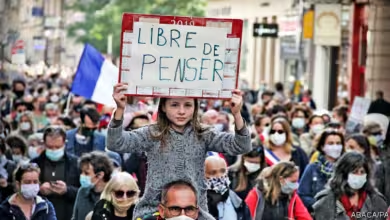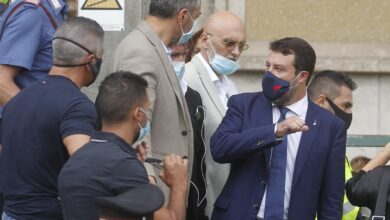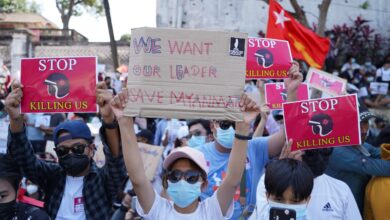Childhood trauma damages society – why aren’t our leaders recognising it?

Twenty-five years ago, a study conducted by the US Centers for Disease Control and Prevention (CDC) revealed that traumatic life experiences during childhood and adolescence in the United States are much more common than expected. Participants in that study were mostly white, middle-class, well-educated, and had good medical insurance, yet only a third of them reported any serious adverse childhood experiences.
In the remaining sample, the vast majority had experienced two or more traumatic childhood events. Subsequent scientific reports from 96 countries have shown that more than half of the world’s children – one billion girls and boys – are exposed to violence every year. Why is this important? People with a history of childhood trauma are vulnerable to a range of problems, including difficulties concentrating, anger attacks, panic attacks, depression, and difficulties with food, medication, and sleep, as well as high, low, or weak levels of stress hormones.
Immune responses. Neuroscience research consistently shows that childhood trauma changes brain systems dedicated to assessing the relative danger of what is happening around us and causes difficulties in regulating emotional responses throughout life. Despite the World Health Organization’s leadership in establishing violence against children as a global public health priority and numerous studies over the past 30 years demonstrating the devastating effects of childhood trauma on mental and physical health, the effects of exposure to violence persist.
It is largely unrecognized and under-resourced in school systems, child welfare agencies, medical clinics, and the criminal justice system. An opportunity to address this neglect is on the horizon. In November 2024, the Government of Colombia – in partnership with the Government of Sweden, WHO, UNICEF, and the Special Representative of the UN Secretary-General on Ending Violence against Children – will host a Global Ministerial Conference on Ending Violence against Children. It brings together, for the first time, all 194 countries to recognize the scale and severity of the impact of childhood violence and to begin mobilizing much-needed resources to accelerate action.
It is astonishing that this is the first-ever global ministerial meeting to address this issue and that it is largely considered a third-tier political priority. A response commensurate with the challenge of preventing childhood violence is long overdue.
Long overdue and shortsighted: The CDC study concluded that childhood violence is the costliest public health issue in the United States, calculating that total costs exceeded those of cancer or heart disease. It estimates that eliminating violence among children in the United States would reduce the overall rate of depression by more than half, alcoholism by two-thirds, and suicide, serious drug use, and domestic violence by three-quarters.
Furthermore, preventing exposure to violence and abuse can significantly impact job performance and greatly reduce the need for incarceration. In fact, about 95 percent of violent prisoners have childhood experiences of violence and abuse. This, of course, is not limited to the United States but rather applies to children in various parts of the world.
When people talk about children being exposed to violence, they tend to focus on what happens outside the home: on the streets, at school, in refugee camps, and war-torn communities. However, for the majority of children, trauma begins at home, at the hands of their family members. Physical and sexual violence by caregivers has serious consequences.




